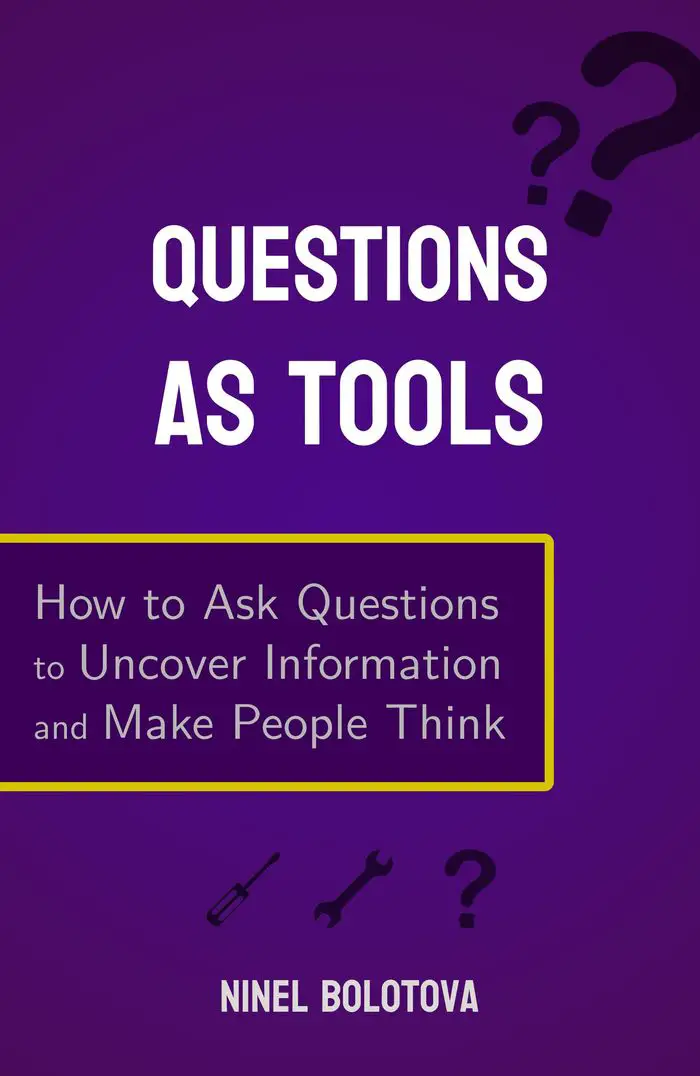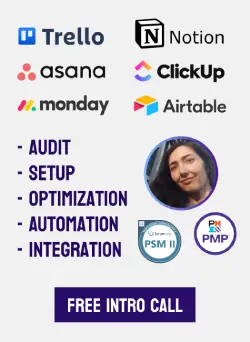Work-Life Balance or Integration? How to Maintain When WFH
The question of work-life balance became especially topical when many people switched to working remotely.
How to maintain the balance between work and home lives when your home is your workplace? Is it possible to separate them? And is it necessary?..
Work from home, or WFH, is a blessing if managed successfully – but it requires a good deal of self-awareness, as well as making some conscious choices that aren’t always easy.
In this article, we’ll discuss:
- What does a healthy work-life balance mean?
- Is it worth sacrificing life for work short-term?
- Balancing work and family life.
- Ideas for seamless integration of work and life.

photo by @ketut-subiyanto on Pexels
Work and life blending: is it good or bad? Work-life balance vs. integration
The traditional notion of work-life balance is a zero-sum game: if you’re at work, you take away the hours you could spend somewhere else.
Work-life balance implies a stricter divide and larger time blocks dedicated to work and personal tasks, so you can fully immerse yourself and minimize context-switching.
You don’t let work matters sip into your every waking moment.
With work-life integration, the activities are intertwined. Done simultaneously or with a rapid shift from “work” to “life” tasks and back.
“Work” and “personal” processes are always running in parallel in your head, and each of them can transform into action at any given moment, whenever it makes the most sense.
Is work-life integration right for me?
Do you feel at ease switching between work and life tasks dozens of times while maintaining the same level of performance?
Perhaps you feel that the opportunity of doing what you want at any point of the day is the best thing about working remotely.
But without clear severance, you need to be even more mindful and deliberate about your activities.
Balancing is an active act. You’ll have to keep making micro-adjustments and always have a clear view of your priorities.

How to tell if your personal and professional lives are balanced
A perfect picture: for half a day, you do productive work. Then, happy with your achievements, you dedicate the rest of the day to your hobbies and family.
This might happen on some days. But most of the days, the balance will be tipped more towards work or “life” tasks. Sometimes, you end up in one category for the whole day, despite your best intentions.
Assess your balance at least weekly, not daily.
You might work longer hours for a few days, then spend more time on your hobbies or increase the intensity of study.
Balance isn’t about dividing the time in half. You might not notice how you spend hours doing the work you love, but a couple of hours of household chores will drain you. The rule of thumb is this:
The results and fulfillment you gain balance out the effort you put in.
Indicators of broken work-life balance
A few things that indicate that your work-life balance is off:
- Falling behind on your work responsibilities because “life keeps getting in the way”.
- Not having the time or energy to maintain your non-work activities: exercising, learning new skills, enjoying your hobbies, spending time with family, and so on.
- Getting constantly distracted or postponing the work you meant to do.
- Feeling anxious if you don’t engage in work-related activities for more than half a day.
- Without asking, you get comments that you’re unavailable or work too much.
If you’re constantly overwhelmed with tasks and responsibilities, analyze where the issue lies.
Are you the one biting off more than you can chew, or does the whole company operate in an urgency mode?
In the latter case, it’s probably better to switch jobs. While not impossible, it’s hard to change the company culture.

photo by @cottonbro on Pexels
Sacrificing life for work to achieve a long-term goal: is it worth it?
What if you’re saving up to improve your living situation, or you want a money cushion to finally make a career change, or have some other long-term goal you need a certain amount of funds for?
Is it worth it to clench your teeth and pour all your energy into work now, so you can enjoy life more a couple of years down the road?
Situations might get pretty unbearable, and if you’re excited to change it, I won’t be the one telling you to dial it down.
But don’t bring it to the point when you start wondering if it’s all worth it.
Even if you have a great goal in mind, prioritizing earnings at the expense of recreational activities leads to burnout, so you’ll be worse off in the long run.
Related: How to overcome burnout and mental exhaustion.
Whatever your destination is, you wouldn’t want to reach it as a husk of your former self.
You don’t have to overspend and live a life of gleeful abandon and self-indulgence. But if you don’t have the time to spend the money you earned on things that make you happier – or, even when you do, you don’t feel the joy anymore – then what’s the point?
As it was said in the classic James Bond movie intro, “The World is Not Enough”: “There’s no point in living if you can’t feel the life.” If you haven’t heard this song, I highly recommend you to do so – it’s just beautiful.
And if, by any chance, you don’t have a specific monetary goal but just think it’ll be easier to manage things when you have more money – no, it doesn’t work this way. Mindset comes first.
Besides, the old “Work smarter, not harder” adage is relevant in the modern age more than ever. If you improve your key skills, you’ll multiply your results. Read more about the factors that greatly increase your chances of success.

photo by @maaz-kalia on Pexels
12 ideas for achieving and maintaining a healthy work-life balance
If you struggle with integrating and balancing your work and personal life, here are a few ideas you can try out.
1. Separate your work environment
Have a separate email and a browser for work, maybe even a separate computer or phone.
Have a dedicated accessory, like glasses or a bracelet, that you wear when you do work at home. Unless you have it on, don’t even check your work email. Note the times when you take it on or off, and see how many hours a day it’s on.
2. Strengthen your boundaries
Whether you want to separate or intertwine your work and personal lives, it’s important to know where the distinction lies.
Having a good understanding of boundaries makes you more aware in general. It’ll also prevent you from taking up tasks because you’re not willing to say “no” or reply during the off-hours because you feel obliged.
Related: How to establish and maintain healthy boundaries.
3. Keep an eye on your nutrition
It’s easy to forget that it’s time to eat. To save mental energy, make an overall plan of your meals in advance, so you always have ingredients or something you could heat up. Schedule reminders to take food if necessary.
4. Understand your communicational needs
Figure out what fills your need to socialize. In-depth conversations? Fun gatherings? Meeting someone you know well? Meeting in person? Like with food, maintain your minimum socialization intake so you don’t get deprived.
5. Delegate when possible
Delegating tasks work – and life – tasks will take a lot off your plate and help with achieving balance.
Take a deeper look into the principles of effective delegation.
6. Spend your leisure time on fulfilling activities
When you’re overworked and burned out, it feels like you don’t have the energy to exercise or learn. But when you do something physically or mentally fulfilling, it’s invigorating and brings more substance into your life.
The same amount of time holds a different weight on the scales of your work-life balance.

photo by @cristian-rojas on Pexels
7. Review your notion of “professional”.
Can you still be considered a high-value professional if you always wear pajama pants? (They’re comfy, and nobody sees them during the calls anyway).
This goes beyond clothing or pets and kids making noises in the background.
Do you feel that only someone working in the office can be called “professional”? Perhaps you even think that working from home is cheating and feel guilty about it?
Having a conscious understanding of what a “professional” is to you will let you come to terms with it and achieve who you truly want to be while working remotely.
8. Watch your energy highs and lows
Are you a morning person? Or does your productivity usually peak in the evening?
When you work from home, figure out your most productive hours and plan mentally intensive tasks around that time.
9. Combine work activities with stretching
You can take an occasional call while jogging, but most exercises require active movement and don’t bode well with using your laptop.
Stretching, however, keeps your body relatively static and your hands free, so you could try combining it with work activities.
Put the laptop on the floor or a small table next to you and experiment with different stretching poses and laptop positions to find what works best for you.
10. Pay attention to body cues
If you feel a strain in your back, your stomach rumbling, your gaze drifting away from the screen – don’t ignore or suppress the feelings. Take a break to stretch, have some rest and assess the situation.
To notice those cues better, practice mindfulness.
11. Take sick leaves
It’s tempting to work when your laptop is right there – especially if you’re paid hourly and don’t want to lose the hours.
However, long-term health benefits come first. Your body still needs the energy to recover. You’re also not the most productive when sick.
12. Keep an integrated life task backlog
To have an overview of your tasks in different areas, make a Kanban board with all types of tasks that you’re planning to do and prioritize them relative to each other.
Your work tasks most likely have their own cards in your team’s task management tool. No need to copy each one – just have the main priorities noted.
Give the activities custom properties and labels based on how fun they are, how much they build your skills, and whatever else is important for you. It’ll be easier to sort and group them.
It might feel weird to write leisure activities and life routines as “tasks” but it might help out with creating a more integrated overview of what you’re doing and where you need to balance out.

photo by @justus-menke on Pexels
Balancing work and family
Office workers spending long hours at their workplace often don’t have enough time for exercise, leisurely activities, hobbies, and spending time with their families.
To counter most of those issues, some companies have offices where you can live for days, exercising in a gym, chilling in a lounge, socializing, and playing games with your colleagues.
There’s only one drawback – having such a great office prompts people to spend more time there and less time with their family and children.
Finding work-life balance as a work-from-home parent
As a WFH professional, you physically spend more time with your family and children – but how much of it is quality time that brings joy and fulfillment to everyone involved?
Besides the ideas above, here are a few tips and highlights to maintain a healthy work-life balance as a WFH parent:
- Reviewing your notion of what “good” parenting is.
- Establishing clear boundaries and respecting others’ boundaries.
- Making your child more autonomous and responsible.
- Sharing work-related matters with your child and having them “help” you.
Measuring work-life balance with actionable goals
Consider which activities bring you joy and fulfillment. Then set your weekly personal goals, for example:
- Doing a total of at least 3 hours of exercise during the week, broken into sessions of various lengths.
- Meeting friends in person at least twice a week.
- Having at least four 20-minute breaks to relax and meditate.
Check out some more ideas in a 30-day self-improvement challenge.
When a month passes, make an assessment:
- How much did you actually do?
- What was getting in the way? What helped?
- How good was your work performance during this time?
Based on this, consider how you could enhance your successes and what adjustments need to be made.
Work-life balance coaching
I have always worked remotely, including the time when my child was a shrieking baby, a curious toddler, and a homeschooler.
I could share some strategies and determination that helped me stay sane and productive.
Read more about my coaching packages and get in touch.

 Ninel Bolotova is a workflow expert with a number of certifications in project management. She enjoys challenges related to process setup, automation and optimization.
Ninel Bolotova is a workflow expert with a number of certifications in project management. She enjoys challenges related to process setup, automation and optimization.